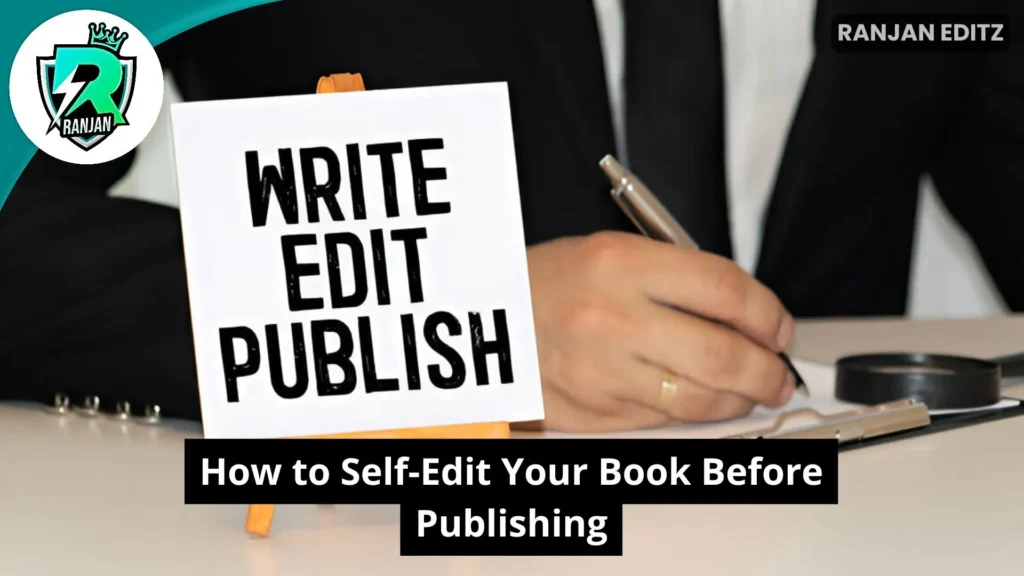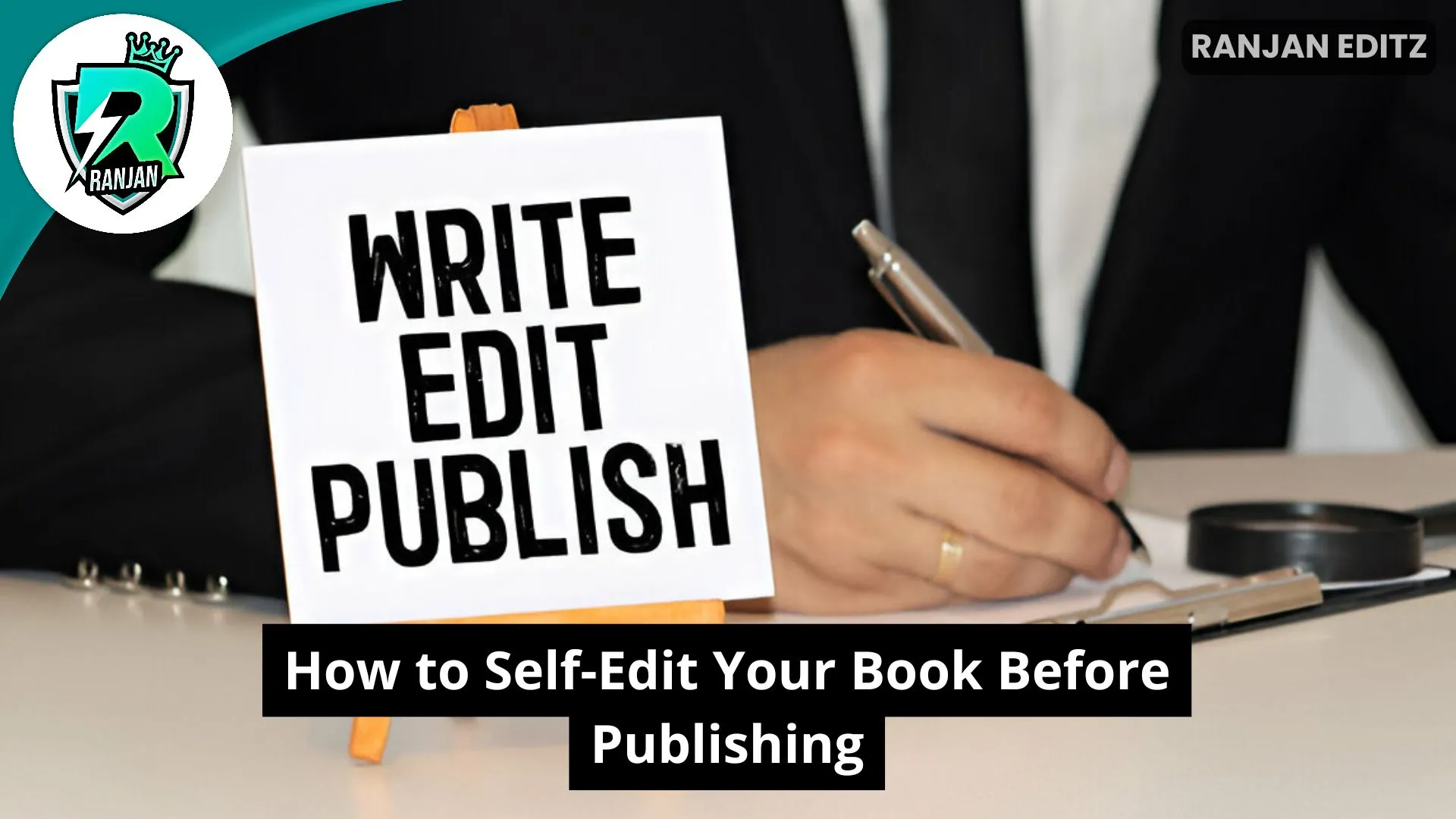Sending your manuscript to an editor requires finishing the self-editing process right before publication. Self-editing leads to published books which are free from errors while also being engaging for readers. This guide will explain the most effective approach to self-edit your book before going to market. Leniently adhering to these guideline steps makes your work more publishable ready.
Table of Contents

Step 1: Take a Break
When your manuscript reaches completion you should move away from it to a different activity prior to beginning self-editing. The postpone gives your mind room to refresh so you identify mistakes with clarity. You should delay the start of self-editing by waiting numerous days or weeks.
Step 2: Review the Structure
Assessing the structure stands as the first crucial process when you attempt self-editing for book publishing. Your book must contain distinct sections which divide it into a beginning and middle and conclusion. Review the flow from chapter to chapter while verifying that each portion directly serves the main story.
Step 3: Cut Unnecessary Words
Concise writing keeps readers engaged. Search for repeated phrases together with useless verbalization and excessively long sentences. Keep the words “just” “very” and “really” when they enhance the textual value. This improves clarity and readability.
Step 4: Improve Sentence Flow
The process of reading your manuscript out loud reveals the unnatural phrasing as well as awkward sentences within the text. A rational flow of sentences and paragraphs permits easy transition during the reading process. Before publishing your book you should focus on self-editing techniques that improve natural writing flow.
Step 5: Correct Grammar and Punctuation
Mistakes related to grammar and punctuation tend to disturb readers while simultaneously undermining your authorial authority. You should rely on tools including Grammarly or ProWritingAid to help identify grammar mistakes. The automated tools are useful but don’t rely only on their functionality since human reviews are necessary to identify the small details which software potentially overlooks.
Step 6: Eliminate Repetitions
Repetitions of words along with phrases and fundamental ideas create unnecessary repetitiveness in your composition. Multiple instances of repeating the same word in close proximity should be checked within the text. The interest of your text improves when you switch between various words and different sentence patterns.
Step 7: Strengthen Dialogue
Every dialogue in your book needs to flow in a way that accurately represents everyday speech. All main roles in the narrative should express themselves in distinct ways. Avoid long, unnatural monologues. The purpose of dialogue should be to show character traits together with plot progression.
Step 8: Verify Facts and Consistency
Consistency establishes itself as the fundamental principle for self-editing your book before publication. Check the data along with all specified information for correct representation. Use matching names and consistent locations and timeline references for all fictitious components within your book text.
Step 9: Check Formatting and Presentation
Proper formatting enhances readability. Your manuscript needs a uniform use of font types and spacing rules and indentation standards that apply throughout every part. Check digital formatting since you plan to publish on different devices.
Step 10: Seek Feedback
When you finish revising by yourself you should request beta readers to examine your book. Someone new to your work can detect problems which escaped your attention. Before going to professional editors or publishers you should consider the received feedback and implement needed changes to your manuscript.

